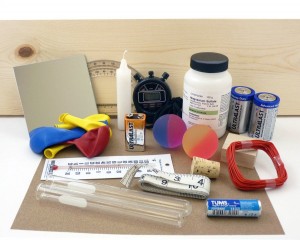
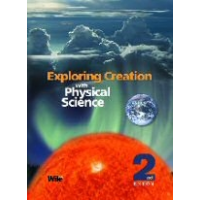 This page contains the experiments covered in the Apologia Physical Science curriculum course, which is designed to be the science students take before high school. Non-technical students (kids that want to study non-technical fields) can take this solely as their high school physics course. The text discusses such topics as the atmosphere, the hydrosphere, weather, the structure of the earth, environmentalism, the physics of motion, Newton’s Laws, gravity, and astrophysics.
This page contains the experiments covered in the Apologia Physical Science curriculum course, which is designed to be the science students take before high school. Non-technical students (kids that want to study non-technical fields) can take this solely as their high school physics course. The text discusses such topics as the atmosphere, the hydrosphere, weather, the structure of the earth, environmentalism, the physics of motion, Newton’s Laws, gravity, and astrophysics.
After completing this course, you’ll have a foundation for high school or a non-technical major in college. The experiments listed below are those found in the textbook, so all you have to do is click the link below and watch the step by step instructional videos for each experiment. There’s over 70 experiments to choose from below!
In some cases, the experiments mentioned in the book were somewhat lacking in scope and depth (or simply didn’t work, were unsafe, or flat boring), so I’ve expanded the experiment and created something better that really covers the scientific concepts and keeps your kids excited and engaged in doing real science.
Most experiments have data logs and worksheets with them as well in addition to exercises to answer.
You can purchase the kit to do the experiments listed in the textbook here. I’ve added extra experiments in addition to the ones in the book, so look them over and see which experiments you’d like to do, and then see if you can figure out way to perform the experiment with the materials and equipment you already have. Have fun!
Exploring Creation with Physical Science 2nd Edition
Step 1: Work your way through the experiments listed below.
If you feel you’d like to go further, feel free to visit Unit 1, Unit 2, Unit 6, Unit 7, Unit 9, Unit 10, Unit 11, and Unit 20 for more physical science and key concepts.
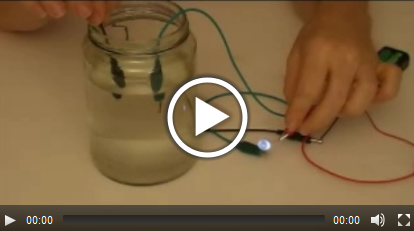 |
Experiment 1.1: Atoms and Molecules (My experiment will actually electroplate an object (like a key) so the kids can see the copper ions being transferred to the object itself. You can substitute salt for the copper sulfate, but it doesn’t work nearly as well without also using a larger power source. Take it even further by learning how to Measure a Molecule.) |
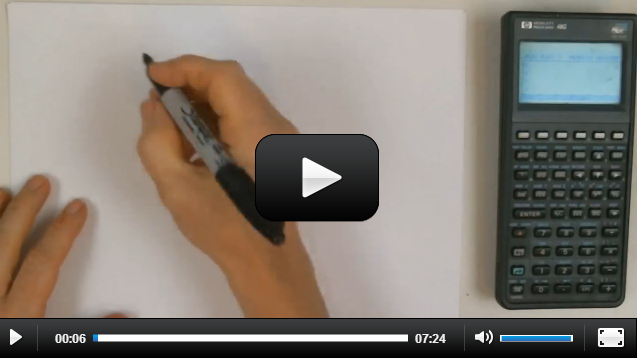 |
Experiment 1.2: Measurements (This video will teach you how to convert different systems of units.) |
 |
Experiment 1.3: Concentration (This experiment is lot more fun and easier to do, and uses effervescent tables instead of calcium tablets. You can vary the amount of water and tablets to see which combination makes your rocket fly the highest!) |
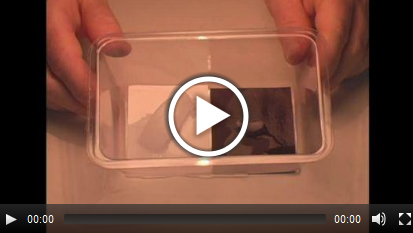 |
Experiment 2.1: Evaporation and Temperature (Take this experiment even further by making a homemade hygrometer and thermometer also!) |
 |
Experiment 2.2 Oxygen and Fire (The experiment is the book not only doesn’t work reliably, but it’s dangerous if you don’t follow the directions exactly as specified – which is going to happen with students! Here’s a better experiment that works well, but since you’re working with fire, make sure you always have both a fire extinguisher as well as adult supervision.) |
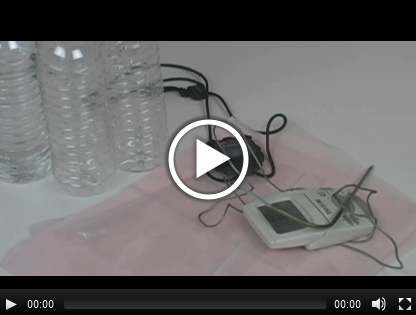 |
Experiment 2.3: Carbon Dioxide and the Greenhouse Effect (The book says “environmentalists”, but that’s not quite accurate. It should read “scientists”, since astronomers, engineers, physicists, biologists, and chemical engineers as well as environmental engineers all refer to this chemical effect as the “Greenhouse Effect”.) |
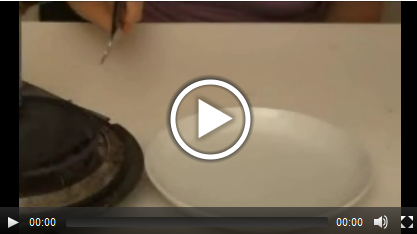 |
Experiment 3.1: Atmospheric Pressure (Don’t worry about the type of can I used… just use any can you have.) |
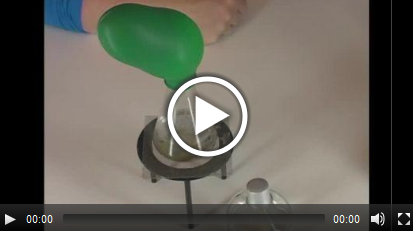 |
Experiment 3.2: Effect of Changing Temperature (If you like Magic Tricks, try the Ghost Coin experiment also!) |
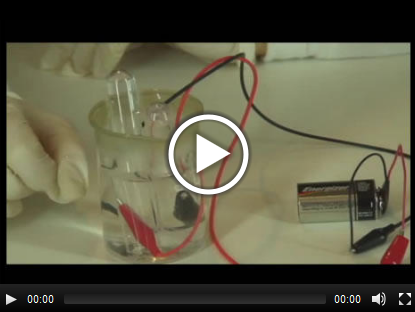 |
Experiment 4.1: Electrolysis (This experiment is a safer method of doing the same thing. More advanced students can Make Copper.) |
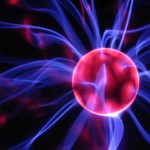 |
Experiment 4.2: Polarity of Water (This experiment not only shows how water is a polar molecule, but it shows the fundamental ideas of static electricity. There’s a teleclass you might really like where we do static electricity experiments.) |
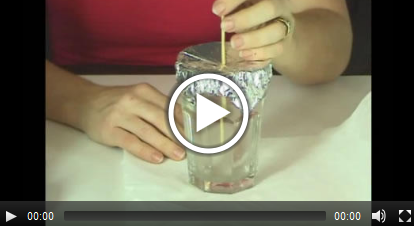 |
Experiment 4.3:Solvents and Solutes (Why not make something that’s also fun to look at and possibly fun to eat? In this case, kids make rock candy by dissolving the solute (sugar) into the solvent (water). You can also make Laundry Soap Snowflake Crystals here.) |
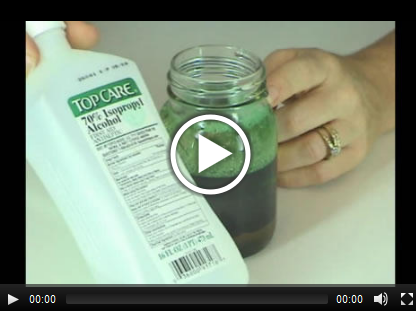 |
Experiment 4.4: Comparing Solids (After you put the liquids in the bottle, stick it in the fridge and notice which layers have moved around! Do this in a plastic bottle and leave at least an inch of space at the top.) |
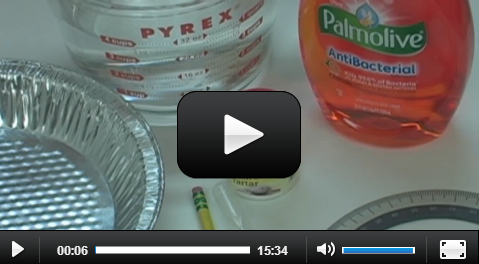 |
Experiment 4.5: Water’s Cohesion (Bubble experiments are a fun way to expand on this experiment so kids can see what’s going on. And who can resist making bubbles the size of your car?) |
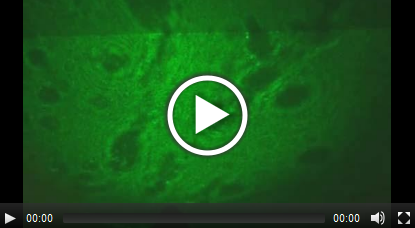 |
Experiment 4.6: Forces Between Molecules (This experiment is way more interesting and fun than the one in the text. You get to use surface tension to make a laser microscope. One thing you might want to try is making it with soapy water and see if it works better than fresh water.) |
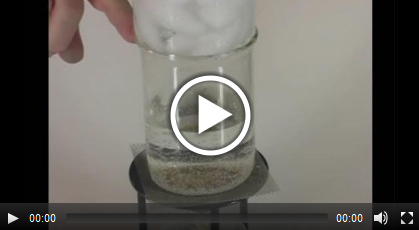 |
Experiment 5.1: Evaporation, Condensation, and Precipitation (This version is smaller and safer than dealing with a huge pot of boiling water on the stove.) |
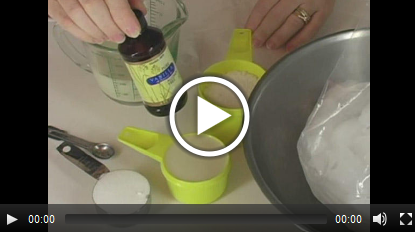 |
Experiment 5.2: Ice and Salt (Here’s a useful application of this effect of lowering the freezing temperature of water by changing the solution to salt water.) |
| Experiment 5.3: Cloud Formation (Since you already did this type of experiment already, I substituted an experiment that shows you how to create a clever tracker so you can tell how much of the day was sunny and cloudy!) | |
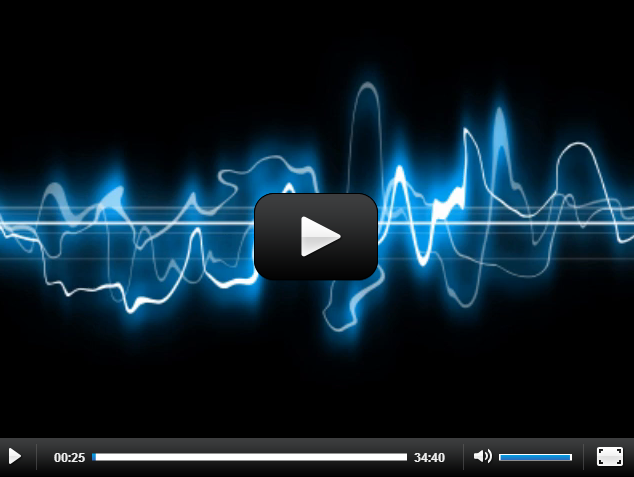 |
Experiment 6.1: How Sound Travels (And here’s a neat set of sonic experiments to do if you want more!) |
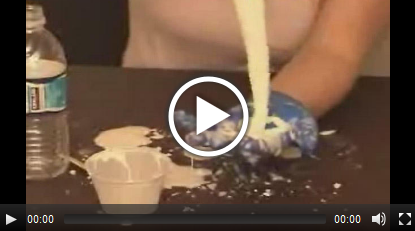 |
Experiment 6.2: Plastic Rock (Look at the second video to see how it is affected by sound waves!) |
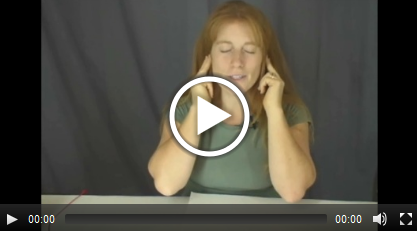 |
Experiment 6.3: Making an Electromagnet (You can turn it into an Electromagnetic Crane or a Telegraph… or any number of other cool experiments here!) |
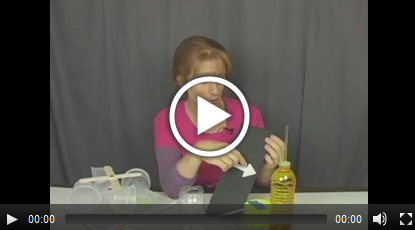 |
Experiment 7.1: Weather Experiment (In addition to the thermometer and hygrometer that you’ve already made, you can also make an anemometer, barometer, and rain gauge.) |
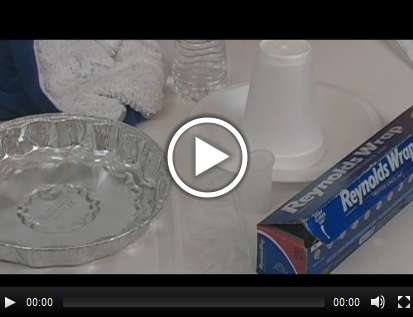 |
Experiment 8.1: Make Lightning (This experiment in the text was too simple, so I’ve expanded it to include several additional experiments on static electricity.) |
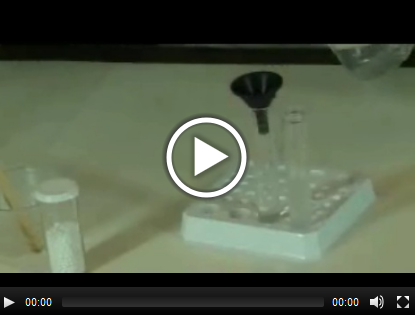 |
Experiment 8.2: The NOAA is where everyone (pilots, radio broadcasters, and TV stations) gets their weather information from. |
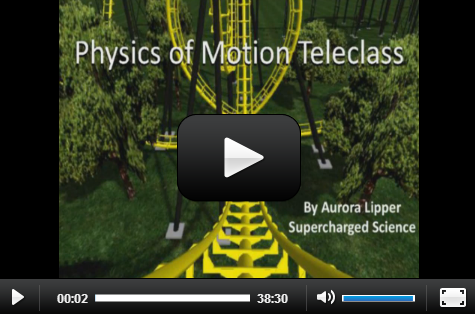 |
Experiment 9.1: Importance of Direction (This is a teleclass where we talk about speed, direction, acceleration and how they all fit together. You can do the roller coaster experiment if you want to, or try this experiment.) |
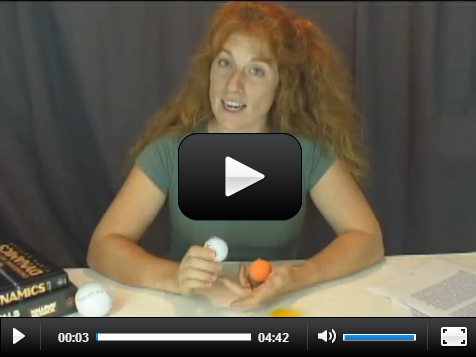 |
Experiment 9.2: Acceleration of Gravity (This experiment includes the famous video of the hammer and the feather experiments that the astronauts did on the moon!) |
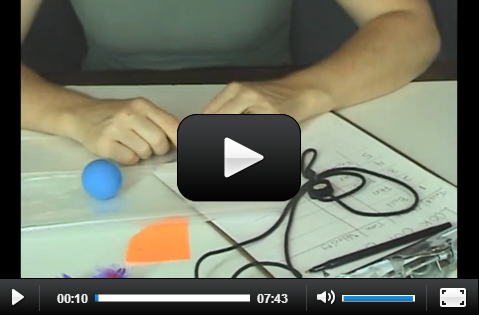 |
Experiment 9.3: Measuring Height with a Stopwatch (If you want more depth about gravity, go here.) |
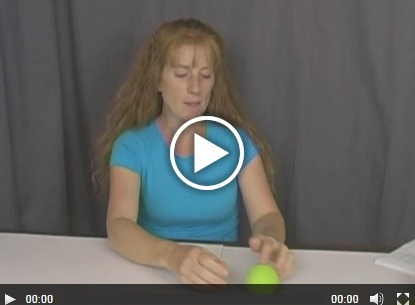 |
Experiment 10.1: Newton’s First Law (This collection of experiments are from the AP Physics course for high school students, but I really think you’ll get a lot out of it even if it’s a little above your current level.) |
 |
Experiment 10.2: Newton’s First Law (We’ve already covered this from the Physics of Motion Teleclass as well as Experiment 10.1, but here’s the gist of it. The experiment in the book covers circular motion, which is what we’ve covered in the teleclass extensively. Try making a roller coaster if you haven’t already!) |
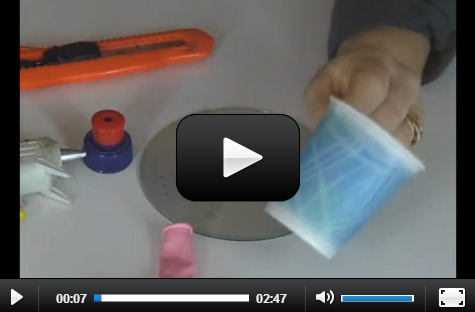 |
Experiment 10.3: Friction (You’ll need shoes from everyone in your family for this one!) |
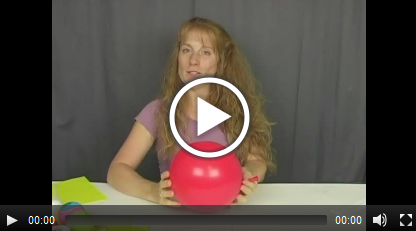 |
Experiment 10.4: Newton’s Third Law (Make a Rocket Car!) |
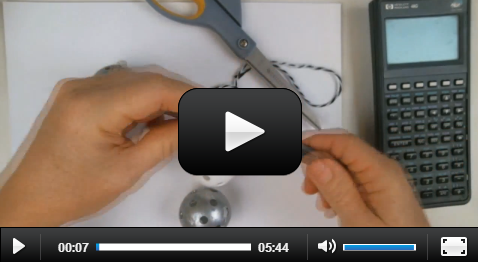 |
Experiment 11.1: Force and Circular Motion |
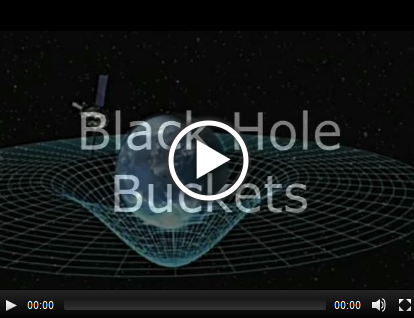 |
Experiment 11.2: Theory of Gravity (This is a much more extensive experiment than the one in the text, and I think much more clear when it comes to explaining gravity as the structure of space-time itself. If you want to learn more about relativity, go to Unit 7 Lesson 3.) |
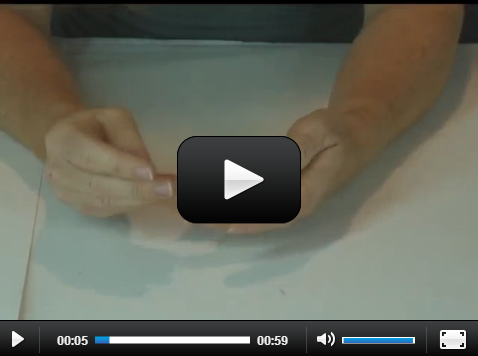 |
Experiment 11.3: Gravity (If you’d like more details about gravity and subatomic particles, go here.) |
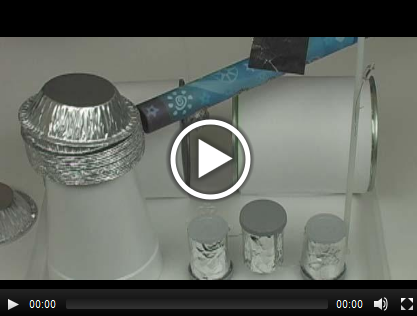 |
Experiment 12.1: Electrical Attraction and Repulsion (We’ve already covered the basics of this fundamental physics concept, so here’s a really fun one to do with a toy you can pick up at the store. Otherwise just use a balloon that you’ve charged on your head.) |
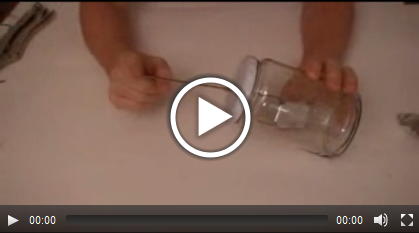 |
Experiment 12.2: Electroscope |
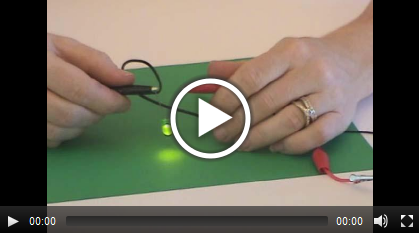 |
Experiment 12.3 Current and Resistance (Kids canget burned by doing the experiment in the textbook, and it’s never a good idea to short circuit a battery, let alone in your bare hands! After you’ve done this one, get a potentiometer to vary the resistance in the circuit.) |
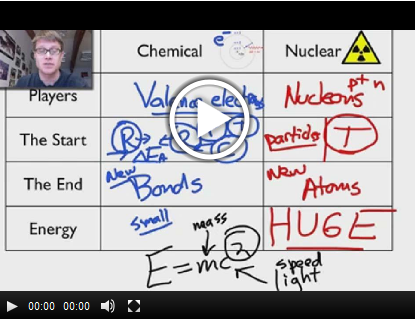 |
Experiment 13.1: Radioactivity (I know… there’s no experiments in chapter 13! So I am putting one in so you can have fun learning about radioactivity. You can also detect high energy radiation by making a Cosmic Ray Detector.) |
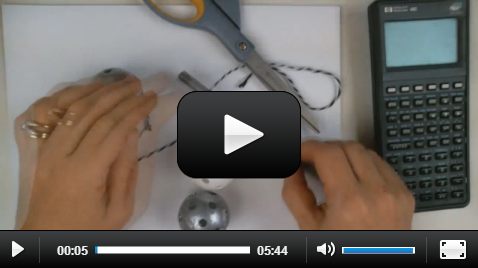 |
Experiment 14.1: Sounds Travels Through a Medium (The experiment in the book works about half the time, because it’s so hard to see sound waves and imagine where you should point the thing. Here’s a nifty way to actually see sound waves.) |
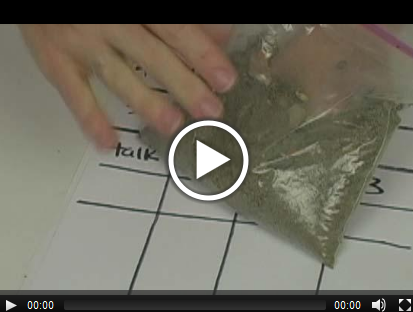 |
Experiment 14.2: Speed of Sound (If you want to compare the speed of light with the speed of sound, here’s a cool experiment to try by doing Math at a Rock Concert.) |
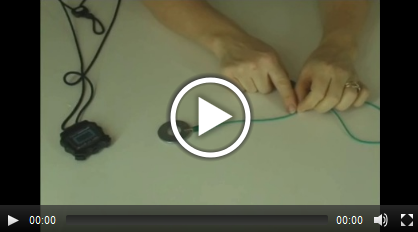 |
Experiment 14.3: Wavelength and Sound (The exact experiment from the text is here.) |
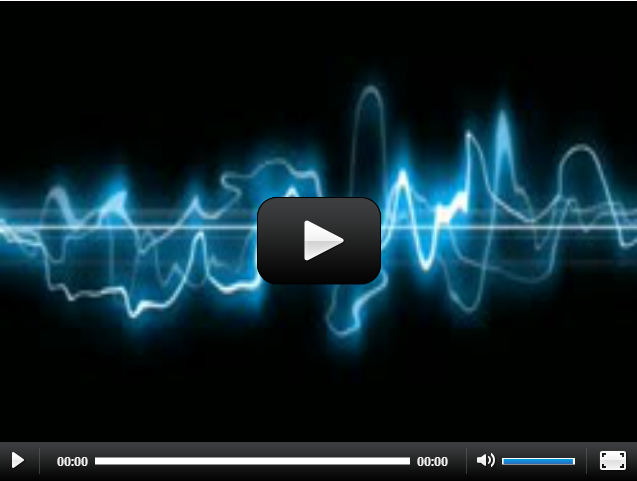 |
Experiment 14.5: Amplitude of a Sound Wave (Note that 14.4 is omitted, since you can do this anytime you hear a siren going past you.) |
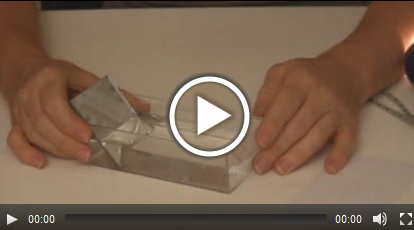 |
Experiment 15.1: See Different Wavelengths of Light |
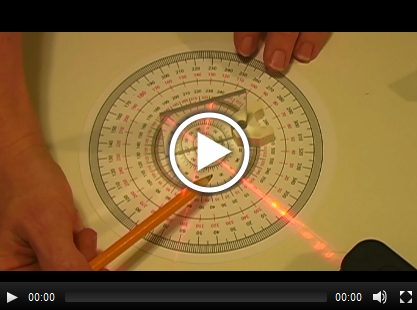 |
Experiment 15.2: Law of Reflection (This one uses a laser, but if all you have is a flashlight, wrap the end with aluminum foil and insert a knife to make a fine slit for the beam. |
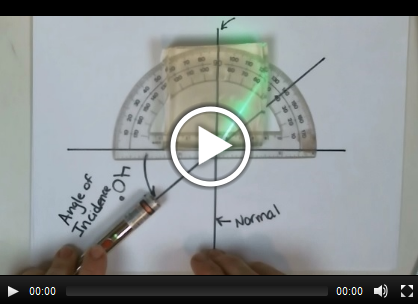 |
Experiment 15.3: Refraction of Light |
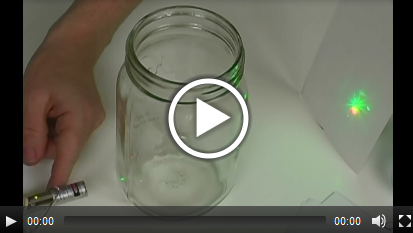 |
Experiment 15.4: The Magic Quarter (We aren’t using a quarter, but it’s supercool to see the two laser beams switch positions with the same effect!) |
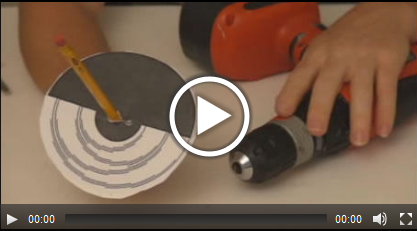 |
Experiment 15.5: How the Eye Detects Color (If you’d like to go further with the physics of eyes, do the Eyeballoon experiment also.) |
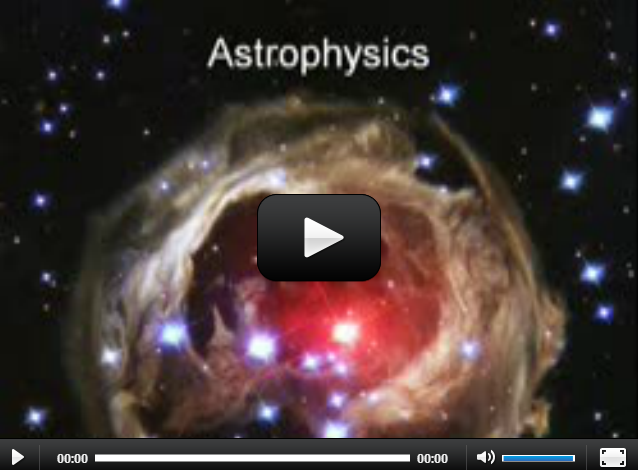 |
Experiment 16.1: Expanding Universe (The textbook states an inaccurate way of demonstrating how the universe expands, because it assumes that the universe has something to expand into, when space itself is also expanding along with the universe. There’s so many experiments in astronomy that you could do with this section so check out more experiments in Unit 7, Lesson 2.) |
